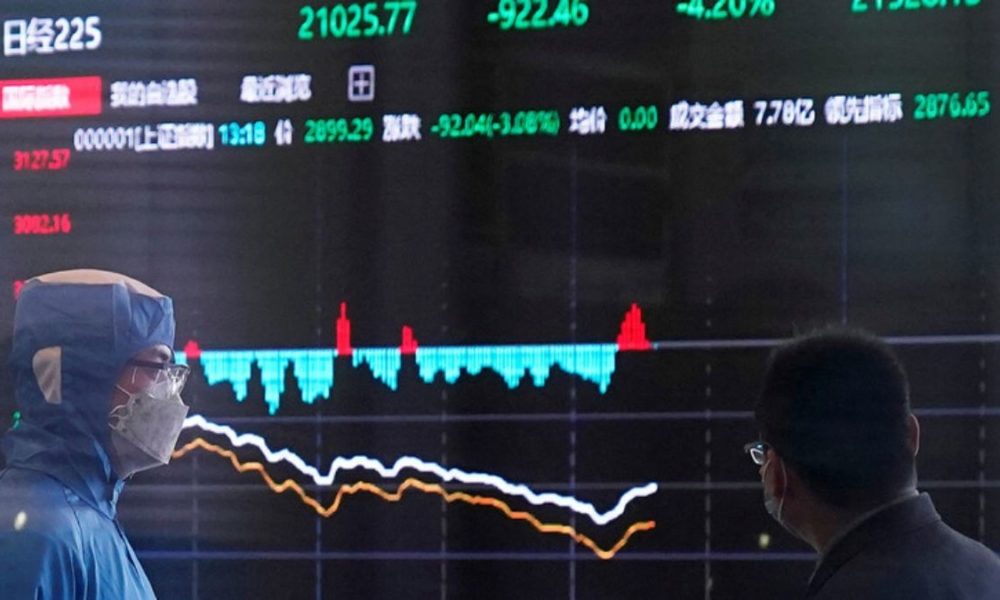The government’s big-ticket announcement of a mega stimulus package to rescue the Covid-ravaged Indian economy needs to now be supplemented by mega reforms. Measures to ensure large-scale bankruptcies of MSMEs are averted are very welcome and will ensure some business continuity.
This needs to now be followed by tough reforms, which need extraordinary circumstances and great political capital. At this stage, on both parameters, there is little doubt that such measures — to attract top global companies to set shop in India — cannot be undertaken. While there has been a lot of jingoism about anti-China sentiment, the ground reality is if companies do not find lucrative alternatives then they may not exit China completely.
After all, shifting supply chains is an expensive and time-consuming disruption and companies need to be wooed into doing so. India needs to now think big — from large economic zones, to infrastructure to attracting investment. Of the many things, just one big piece of global infrastructure is port connectivity that China has been able to dominate successfully.
Seven out of the top ten ports in the world are in China. Compare that to India’s port capacity. Likewise, one Guangzou is nearly five times the size of Delhi-NCR and is, therefore, a huge manufacturing centre. These are big reforms and not a simple cut and paste of making labour laws flexible. India’s miserable failure in implementing the SEZ policy is symptomatic of what plagues us — our inability to think big and execute it. Large SEZs ensure manufacturing takes off.
But instead what took off was corruption in the UPA era and eventually led to dumping of the policy and the idea. Attracting global supply chains also means creating laws that have to co-exist with our federal polity. Ensuring single-window clearance and zero harassment by local authorities and “inspectors” is a mammoth task and will need creation of special bodies.
Likewise, creating economic zones that stretch from Delhi to Agra (to compare with Guangzou) would require several legislations. These are India’s unique challenges. We cannot compare our vibrant, often cacophonous democracy to authoritarian communist regime like China or a completely federal structure like the US where states fend for themselves (even in a humanitarian crisis).
But it is only in these challenges and unprecedented times that we can create a roadmap that will ensure prosperity for future generations. Likewise, it is time to focus on specific sectors. Asian success stories (barring China) are full of examples of a single sector leading to prosperity. For instance, the textiles story for Bangladesh. India needs to identify those sectors.
It is important to channelise efforts and policy direction into fewer sectors than to miss this opportunity. After all, the moment normalcy returns and businesses begin functioning, if global companies are not offered lucrative options by India, it will be business as usual and Chinese factories start roaring. It is time to power Indian factories.







